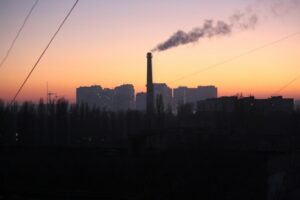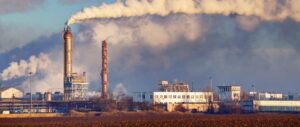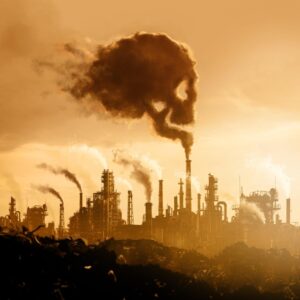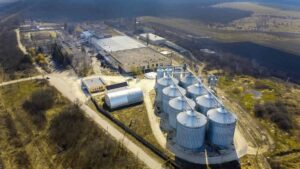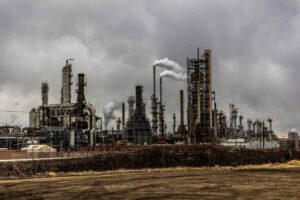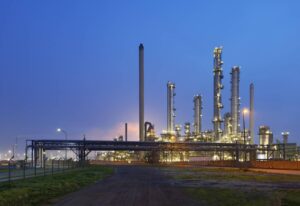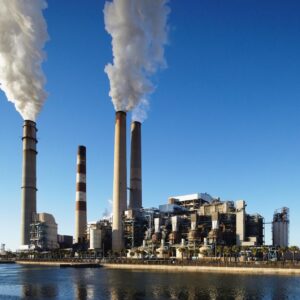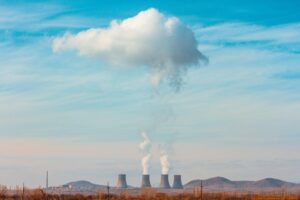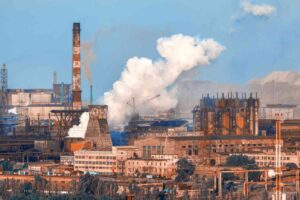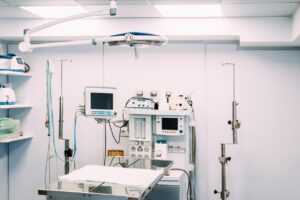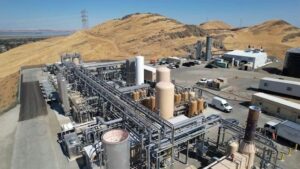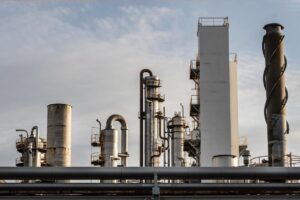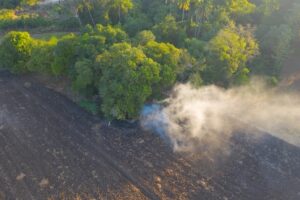Neglecting Maintenance? It Could Cost You Accuracy and Compliance
Industrial processes that rely on flue gas analyzers often assume these instruments will deliver reliable data indefinitely. But even high-end analyzers—like those developed by ESEGAS—require regular maintenance to ensure long-term accuracy and operational stability. Ignoring routine upkeep not only jeopardizes data integrity but can also lead to costly downtime, safety hazards, or non-compliance with emissions regulations. The good news? With a structured maintenance plan, you can keep your analyzer—and your operations—running smoothly.
Routine Maintenance Is Essential for the Longevity and Accuracy of Flue Gas Analyzers
Flue gas analyzers, especially precision models from ESEGAS such as the UV-GAS-500 and IR-GAS-600, require scheduled inspections and servicing to maintain measurement reliability. Regular maintenance reduces the risk of component failure, improves operational safety, and ensures compliance with industry standards like EN 50379 and EPA Method 7E.

Knowing Why Isn’t Enough—You Need to Know How
If you’re already aware of the importance of analyzer maintenance, you’re halfway there. But understanding exactly how to carry it out—what to clean, how to calibrate, and when to seek professional help—is what ensures your analyzer delivers consistently accurate results. Let’s explore this in detail.
How Often Should You Maintain a Flue Gas Analyzer?
Failure to Schedule Maintenance Leads to Unreliable Readings and Costly Downtime
While ESEGAS analyzers are built with durability in mind, no sensor is immune to degradation. Without regular maintenance, even high-end models like the ESE-LASER-100P may begin to drift, reducing measurement accuracy over time.
Recommended Maintenance Schedule:
| Frequency | Tasks |
| Daily | Visual inspection of probe; check for obvious leaks or condensation. |
| Weekly | Clean sample probe; inspect filters and condensation trap. |
| Monthly | Validate zero calibration; inspect sensor status. |
| Quarterly | Perform functional checks; test gas response; review software logs. |
| Annually | Full calibration; sensor replacement (if needed); firmware updates. |
ESEGAS analyzers like the UV-GAS-500 include self-diagnostic features that alert users to upcoming service intervals—making preventive maintenance easier than ever.
Which Components Need Inspection and Cleaning?
Ignoring Key Components Can Lead to Sensor Fouling and Misreadings
Dust accumulation, moisture intrusion, and acidic condensates are major enemies of flue gas analyzers. These threats target the core of the system—its sensors, optics, and sampling components.
Maintenance Focus Areas:
- Sensors: Clean gently with lint-free swabs; inspect for corrosion.
- Sample Probes: Clear blockages; check for heat damage.
- Filters: Replace when discolored or clogged to ensure sample integrity.
- Condensation Traps: Drain and clean regularly, especially in high-humidity environments.
- Optical Paths (especially in IR-GAS-600): Clean lenses with approved solvents to avoid signal distortion.
ESEGAS provides detailed manuals tailored to each model, guiding users through these procedures.
How Should You Calibrate a Flue Gas Analyzer?
Uncalibrated Devices May Pass Inspection but Fail in Accuracy
Even minor shifts in sensor output can result in data that’s well outside regulatory tolerances. Regular calibration is crucial to offset sensor drift and maintain measurement reliability.
Calibration Methods:
- Single-Point Calibration: Used for quick verification against a reference gas.
- Multi-Point Calibration: Recommended for high-precision applications, ensuring linearity across the full measurement range.
- Automated Calibration: Available in models like the UV-GAS-500, allowing for scheduled calibrations using built-in gas cells.
All ESEGAS models support both manual and automated calibration options, making them suitable for both field and lab environments.
What Common Problems Can Be Prevented Through Maintenance?
Waiting Until a Fault Occurs Increases Repair Costs and Downtime
Regular checks help prevent common faults that can affect even premium analyzers.
| Issue | Cause | Preventive Measure |
| Signal Drift | Sensor aging | Periodic calibration and diagnostics |
| Blocked Sampling Probe | Dust or condensate buildup | Regular cleaning of probe and filter |
| Condensation in Optics | Poor trap maintenance | Ensure traps are drained and desiccants replaced |
| CO₂ Sensor Degradation | Acid exposure | Use protective filters and perform annual checks |
By following ESEGAS’s recommended service procedures, these risks can be mitigated effectively.
When Should You Contact Professional Support?
DIY Maintenance Doesn’t Replace Expert Diagnostics and Component Repair
While routine tasks can be handled in-house, some conditions require intervention from qualified technicians.
Call ESEGAS or Certified Partners If You Encounter:
- Optical system failure
- Sensor replacement not resolving drift
- Firmware corruption or internal diagnostics failure
- Major hardware fault (e.g., damaged boards)
ESEGAS offers on-site servicing, remote diagnostics, and full maintenance packages to support ongoing analyzer performance.
Conclusion: Consistent Maintenance Is the Key to Accurate Emissions Monitoring
From the daily inspection of sample probes to annual sensor replacements, every step in the maintenance cycle plays a crucial role in sustaining your flue gas analyzer’s performance. When working with advanced systems like the UV-GAS-500, ESE-LASER-100P, or IR-GAS-600, applying proper maintenance practices isn’t optional—it’s essential. With ESEGAS’s built-in diagnostics, support infrastructure, and intelligent design, regular upkeep becomes straightforward and highly effective.




